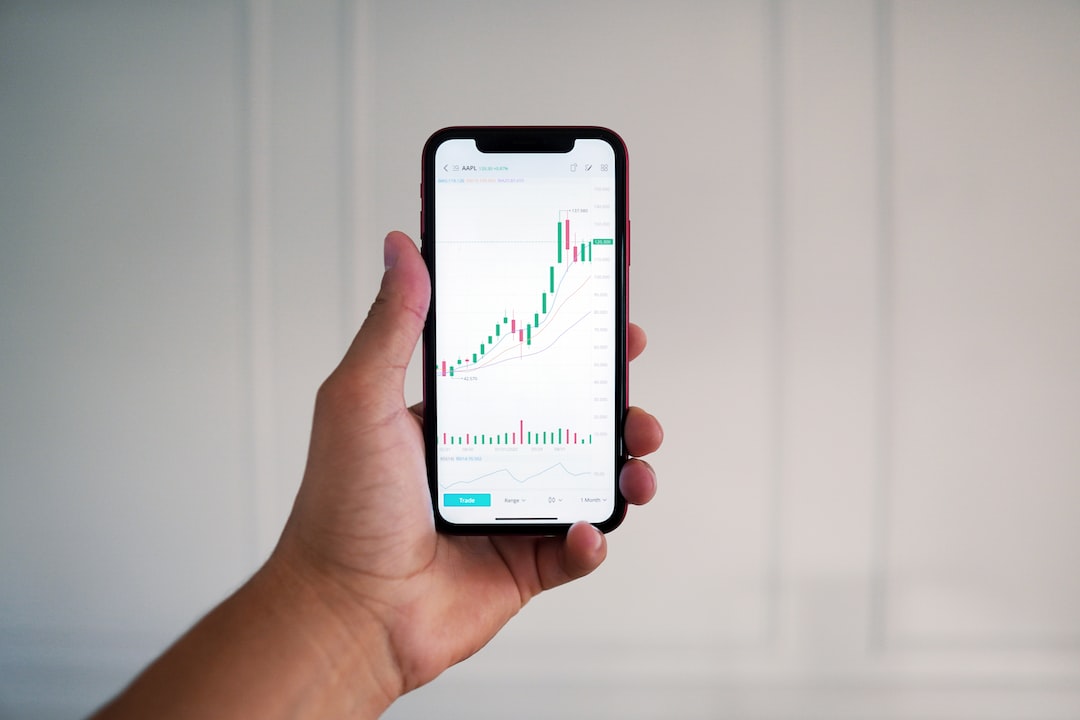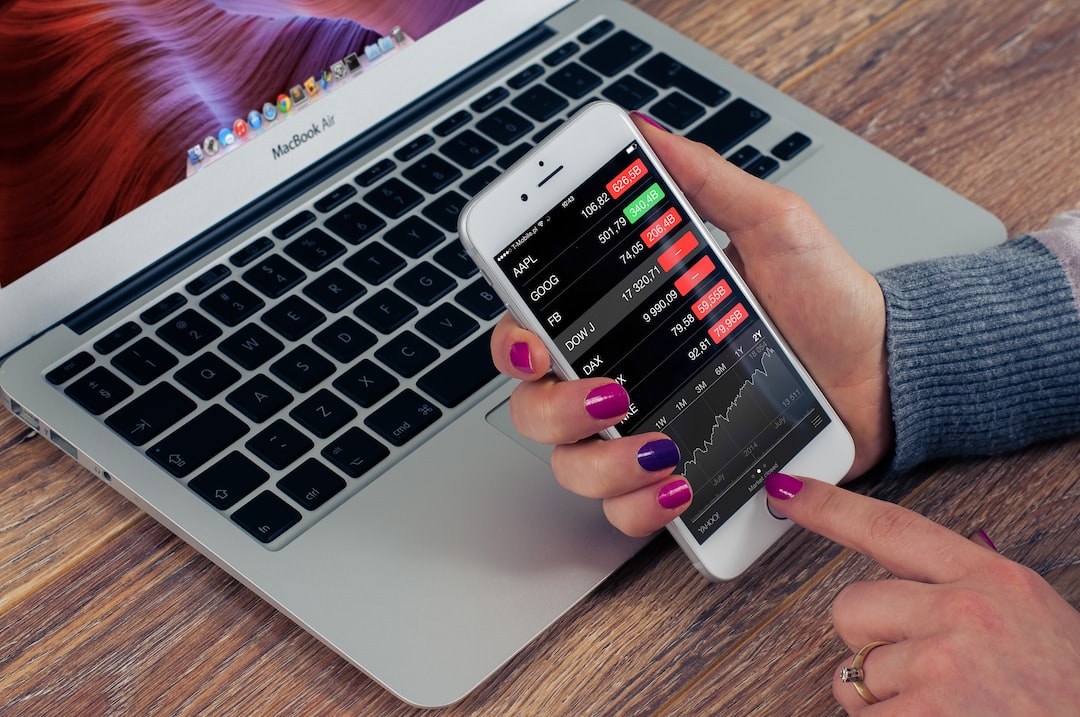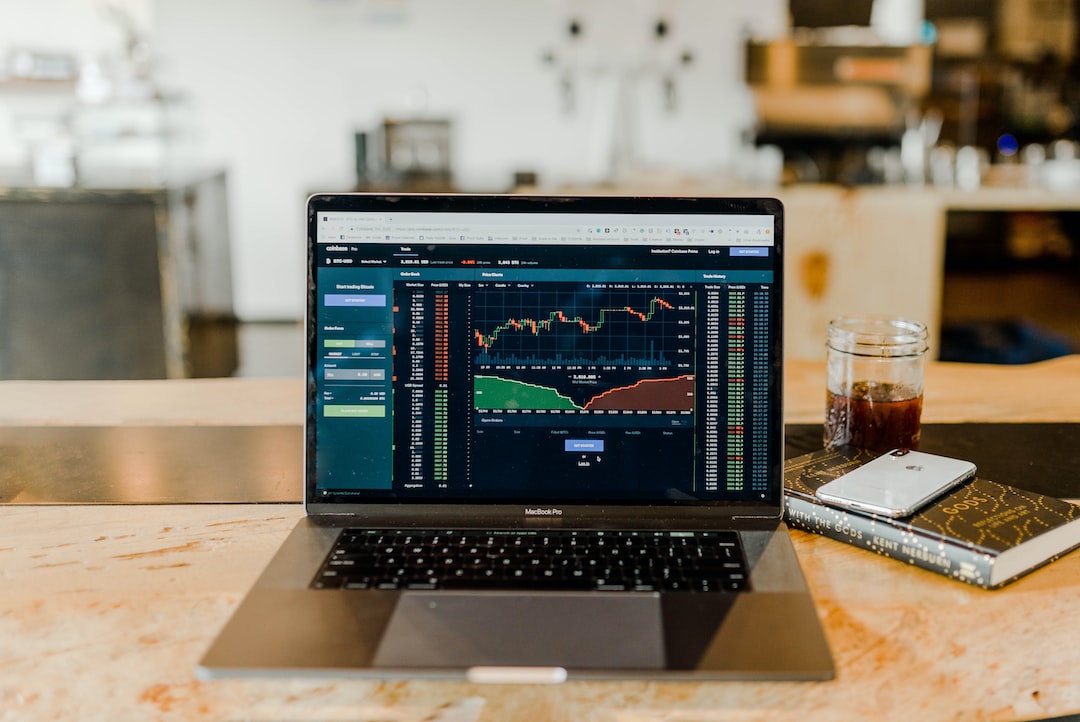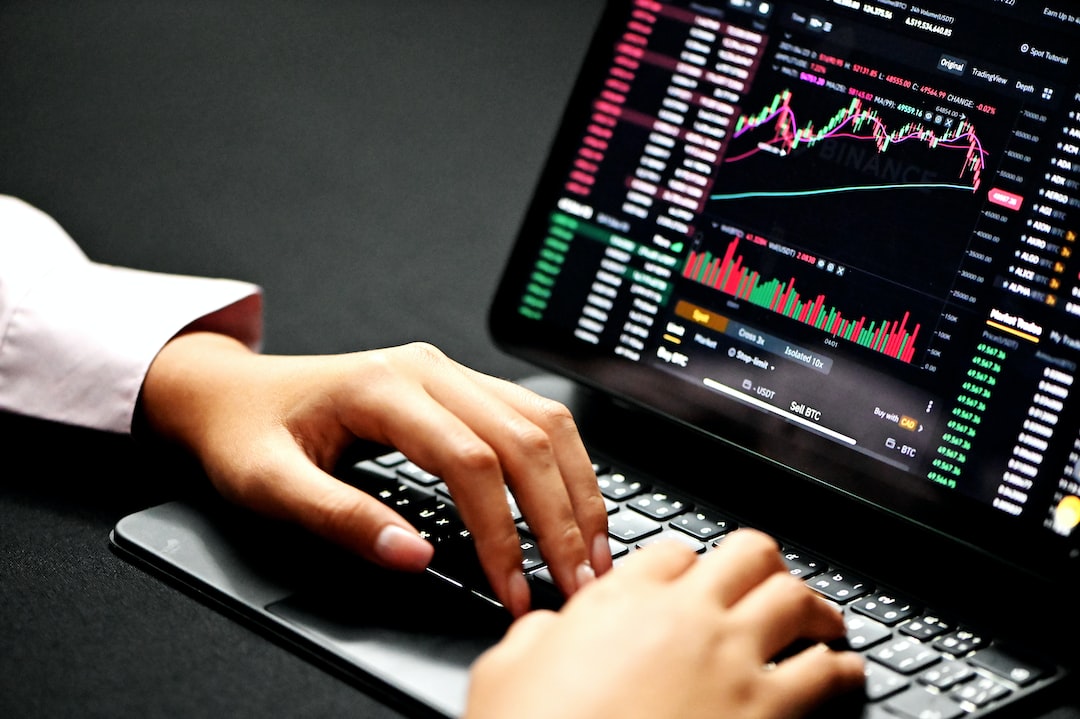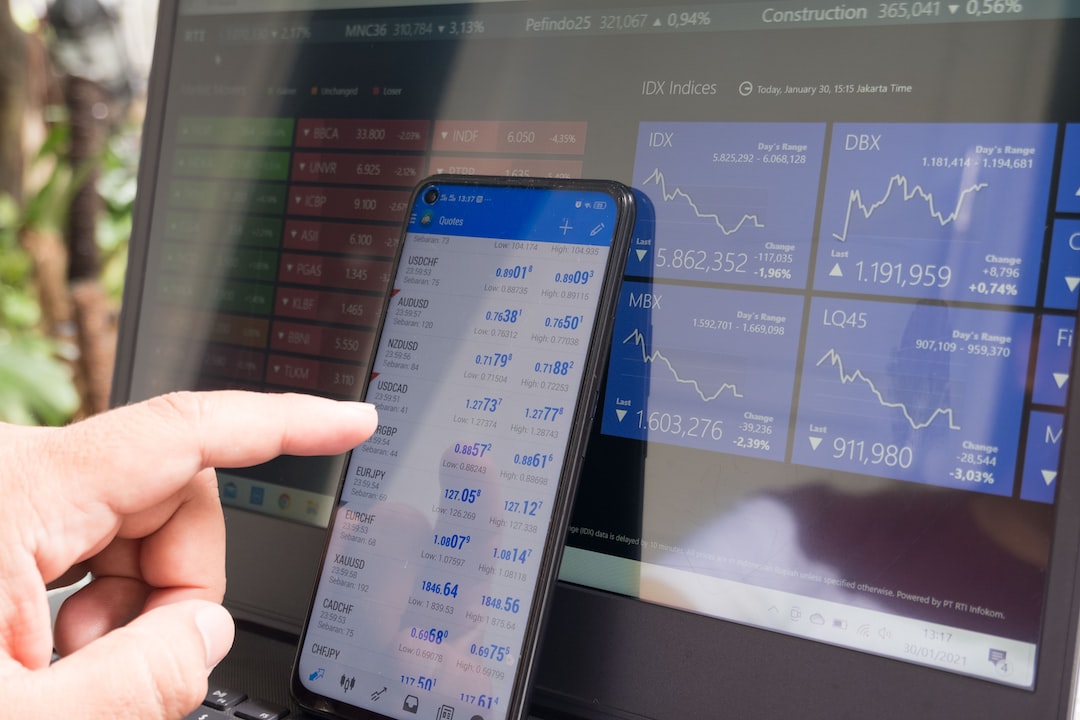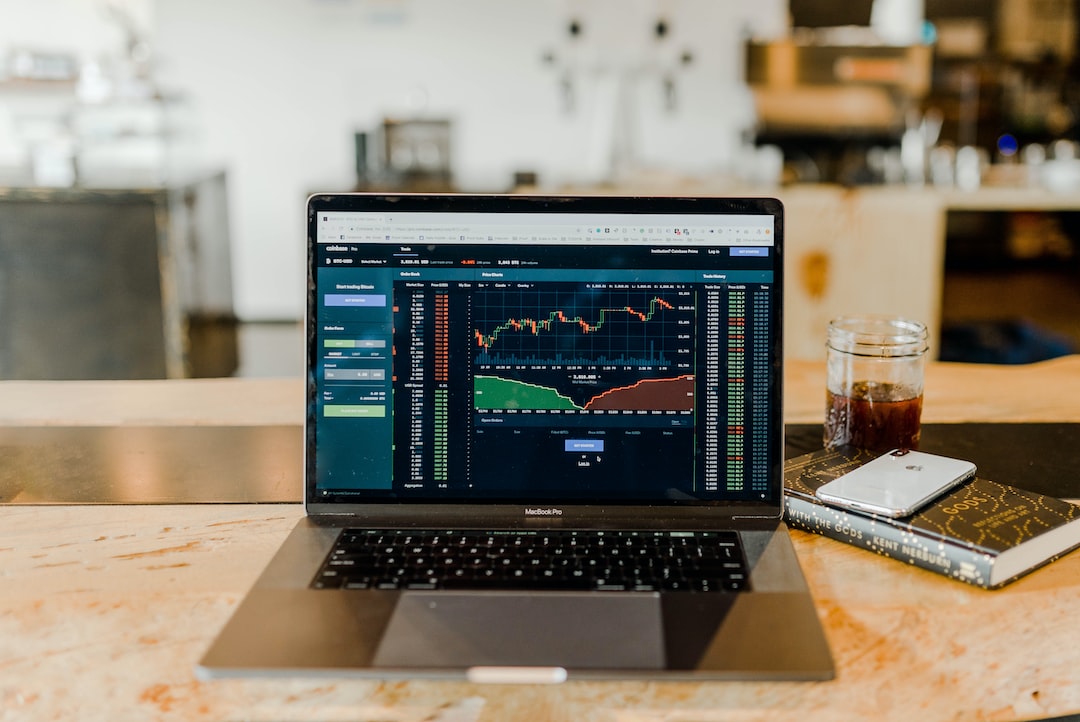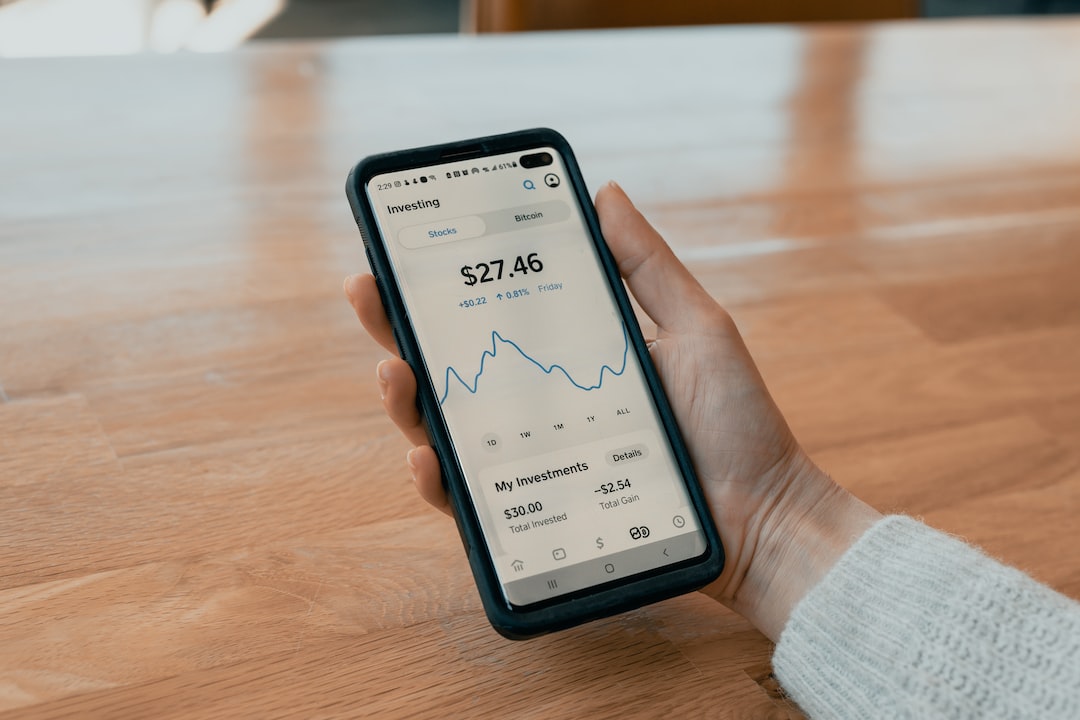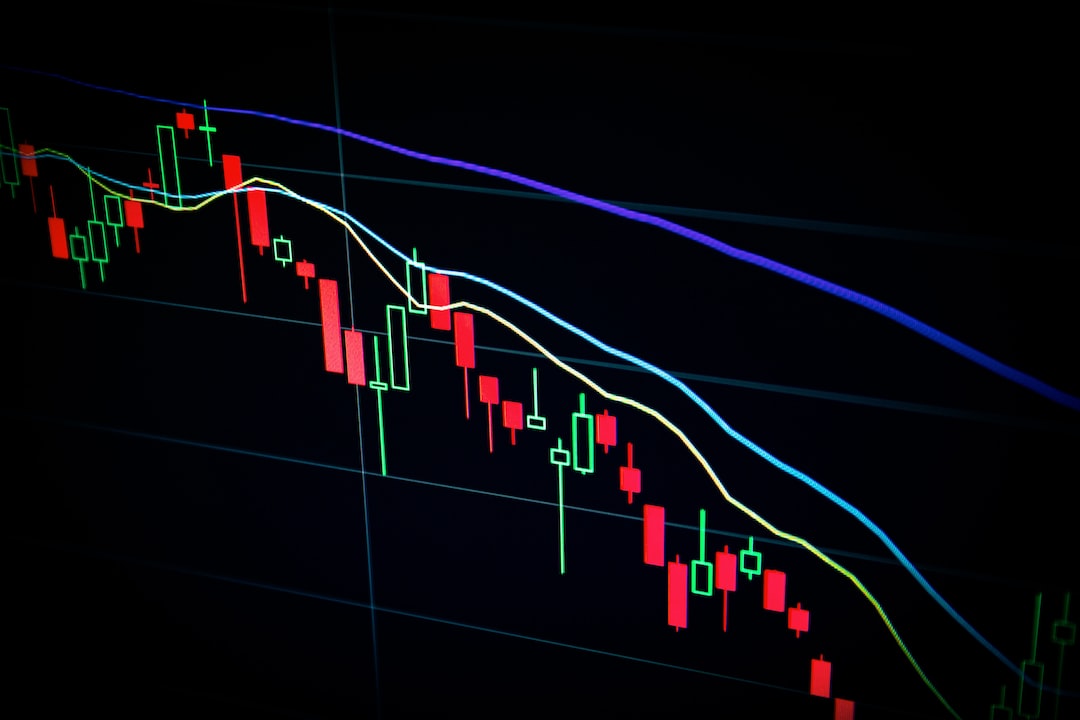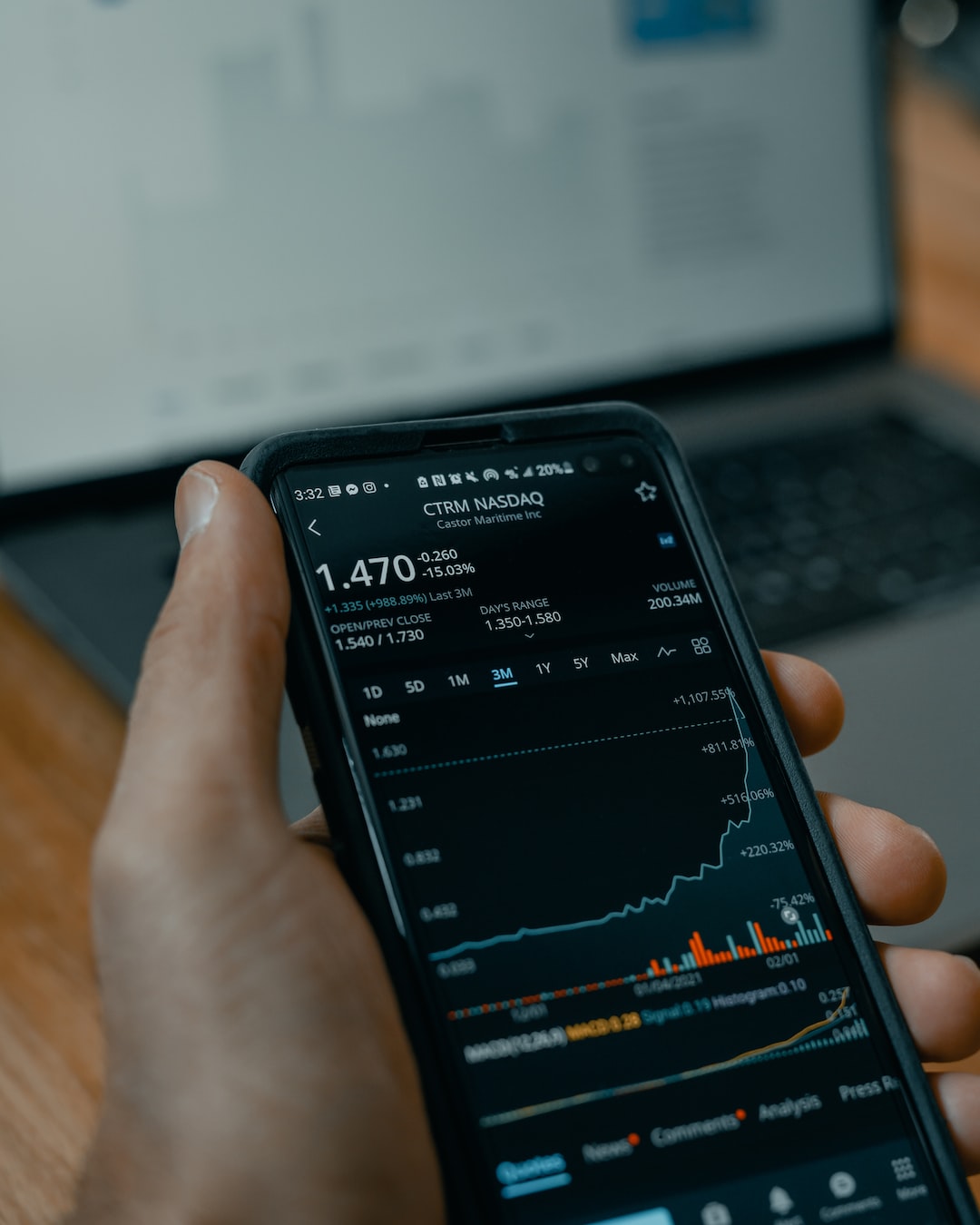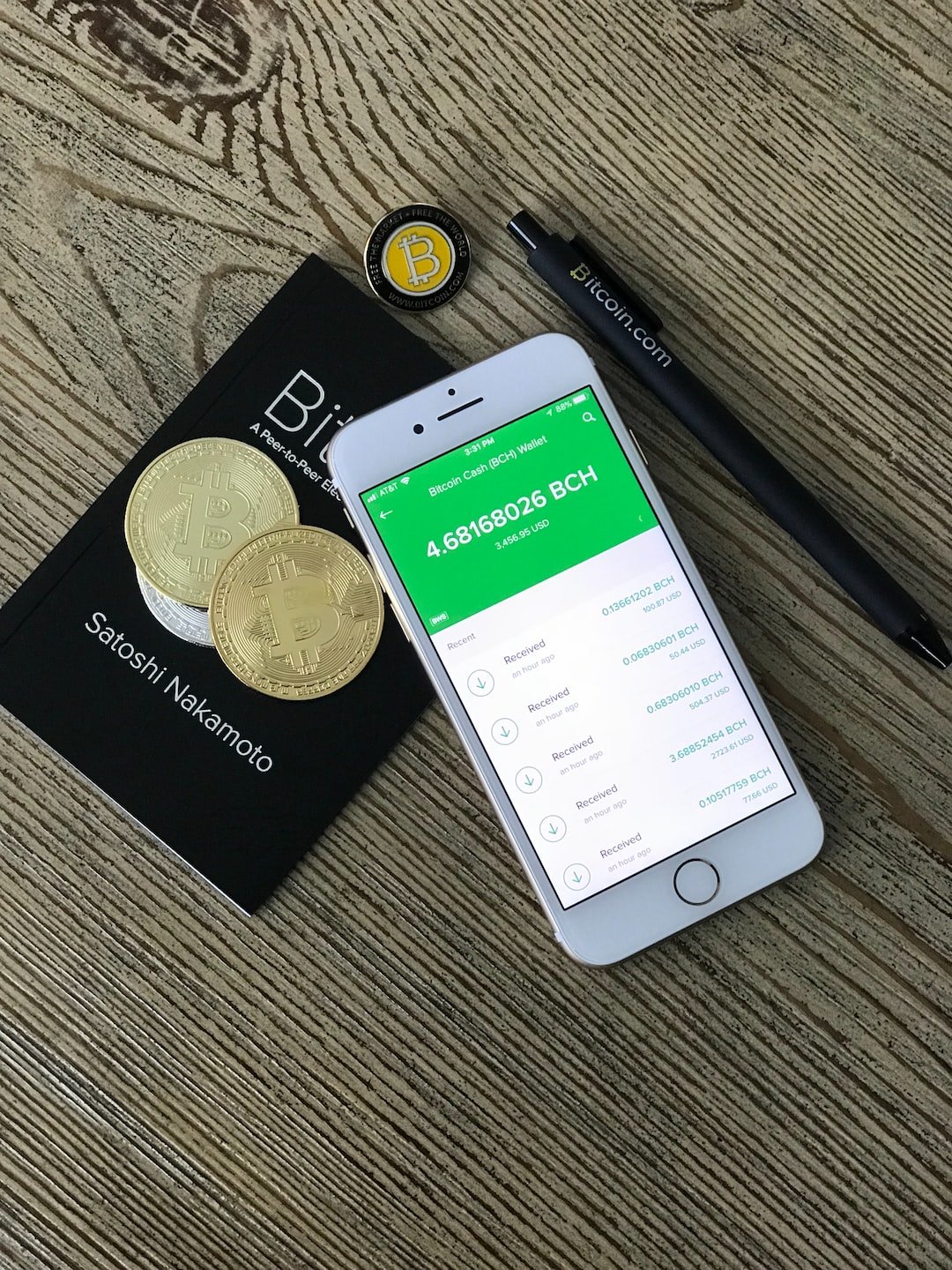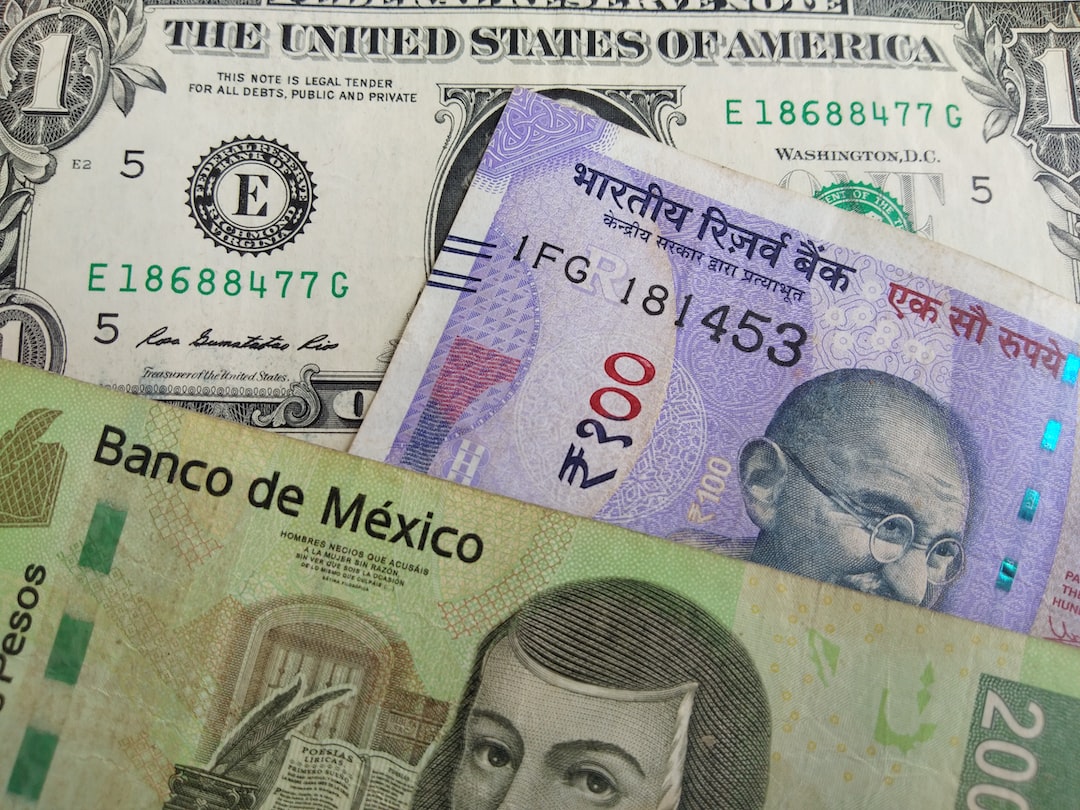The Role of Forex Trading Signals in Making Informed Investment Decisions
Forex trading signals are an essential tool for traders in the foreign exchange market. These signals provide valuable information about market trends and potential entry and exit points. By using forex trading signals, traders can make more informed investment decisions and increase their chances of success.
Forex trading signals are generated by professional traders or automated systems. They are based on technical analysis, which involves studying historical price data and identifying patterns and trends. Traders use these signals to determine the best time to buy or sell a currency pair.
One of the main benefits of using forex trading signals is that they save time and effort. Instead of spending hours analyzing charts and monitoring market movements, traders can rely on signals to provide them with the necessary information. This allows them to focus on other aspects of their trading strategy, such as risk management and money management.
Forex trading signals also provide traders with a different perspective on the market. By considering the signals, traders can see the market from a more objective point of view. This can help them avoid emotional biases and make more rational decisions based on the available data.
Another advantage of using forex trading signals is that they can help traders discover new trading opportunities. Signals can identify potential entry and exit points that traders may have overlooked. This can lead to profitable trades and increase overall trading performance.
However, it is important to note that forex trading signals are not foolproof. They are not a guaranteed way to make money in the forex market. Traders should use signals as a tool to assist their decision-making process, but they should also rely on their own analysis and judgment.
When using forex trading signals, it is crucial to choose a reliable source. There are many signal providers available, but not all of them are trustworthy. Traders should research and evaluate different providers to ensure they are getting accurate and timely signals.
It is also important to understand the limitations of forex trading signals. They are based on historical data and past performance, which may not accurately predict future market movements. Traders should use signals as a guide, but they should also consider other factors such as fundamental analysis and market news.
Furthermore, traders should be cautious of blindly following forex trading signals. It is essential to understand the rationale behind the signals and how they fit into one’s overall trading strategy. Traders should also consider their risk tolerance and financial goals before making any investment decisions based on signals.
In conclusion, forex trading signals play a vital role in making informed investment decisions in the foreign exchange market. They provide traders with valuable information about market trends and potential entry and exit points. By using signals, traders can save time, gain a different perspective on the market, discover new trading opportunities, and enhance their overall trading performance. However, it is important to use signals as a tool and not rely solely on them. Traders should conduct their own analysis, choose a reliable signal provider, and consider other factors before making any investment decisions. With proper use and understanding, forex trading signals can be a valuable asset for traders in the forex market.




